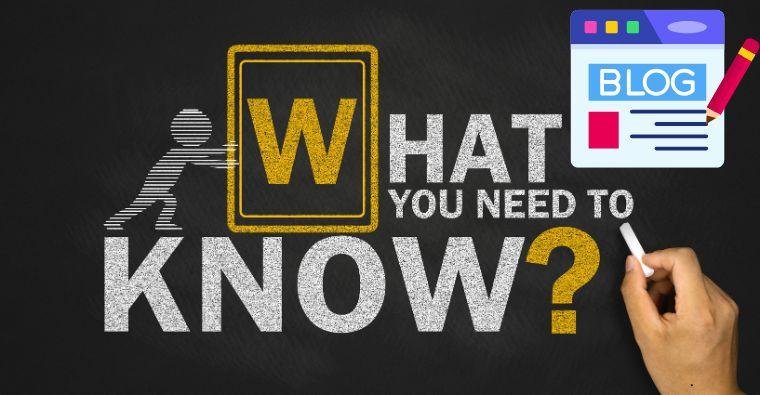
HMPV Uncovered: Symptoms, Risks, and How to Protect Yourself
Human Metapneumovirus (HMPV) is a respiratory virus causing mild to severe symptoms, especially in high-risk groups like children and the elderly. Learn how to recognize, prevent, and manage HMPV effectively.
Introduction
Ever heard of HMPV? If you haven’t, you’re not alone. Human Metapneumovirus (HMPV) is one of the lesser-known respiratory viruses, but it’s a serious player in the world of health. It causes respiratory infections that can range from mild to severe, and understanding it can help you stay protected. Let’s dive into what makes HMPV a topic worth discussing.
Understanding HMPV
HMPV: A Brief History
Discovered in 2001, HMPV belongs to the Paramyxoviridae family, which also includes RSV (Respiratory Syncytial Virus). Though relatively new to the medical community, it’s believed to have been circulating in humans for decades.
How Does HMPV Spread?
HMPV spreads through respiratory droplets when an infected person coughs or sneezes. It can also be transmitted via direct contact or by touching contaminated surfaces and then touching your face.
Symptoms of HMPV
Common Symptoms
- Runny nose
- Cough
- Fever
- Sore throat
- Fatigue
Severe Symptoms and Complications
- Shortness of breath
- Wheezing
- Secondary infections like pneumonia
How HMPV Symptoms Compare to Other Respiratory Illnesses
HMPV symptoms can mimic those of a cold, flu, or RSV, making it challenging to diagnose based on symptoms alone.
Who Is at Risk?
High-Risk Groups
- Infants and young children
- Elderly individuals
- Those with chronic health conditions or weakened immune systems
Seasonal Patterns and Trends
HMPV outbreaks tend to peak during late winter and spring, similar to other respiratory viruses.
How HMPV Affects Different Age Groups
Impact on Children
Children under the age of 5 are particularly vulnerable, often requiring medical attention for severe respiratory symptoms.
Impact on Adults and Elderly
Older adults face a higher risk of complications, especially if they have preexisting conditions like COPD or heart disease.
Effects on Individuals with Weakened Immune Systems
For immunocompromised individuals, HMPV can lead to prolonged illness and severe complications.
Diagnosing HMPV
Clinical Tests for HMPV
Doctors may use nasal swabs, blood tests, or chest X-rays to confirm HMPV.
Differentiating HMPV from Other Illnesses
Accurate diagnosis is essential since HMPV can mimic other illnesses like influenza or RSV.
Treatment for HMPV
Home Remedies and Care
- Stay hydrated
- Get plenty of rest
- Use over-the-counter medications for fever and pain
Medical Treatments and Interventions
In severe cases, hospitalization may be required for oxygen therapy or ventilatory support.
Recovery Timeline
Most individuals recover within 1-2 weeks, but severe cases may take longer.
Prevention Measures
Hygiene Practices to Reduce Risk
- Wash hands frequently
- Avoid close contact with sick individuals
- Disinfect commonly touched surfaces
Vaccination Efforts: Where Do We Stand?
Although there’s no HMPV vaccine yet, research is ongoing, and advancements are promising.
Building Immunity Against HMPV
Maintaining a healthy lifestyle can bolster your immune system.
The Role of Public Health
Public health organizations monitor HMPV outbreaks and work to raise awareness. Their efforts are crucial in preventing widespread outbreaks.
How HMPV Impacts Society
Economic Burden
HMPV contributes to missed workdays, medical expenses, and hospitalizations.
Effects on Healthcare Systems
Increased cases of HMPV during peak seasons can strain healthcare resources.
HMPV may not be as well-known as the flu or RSV, but it’s just as important to understand. By staying informed, practicing good hygiene, and seeking medical care when needed, you can protect yourself and your loved ones. Knowledge is power, and now you have it.
Leave a comment
Your email address will not be published. Required fields are marked *


